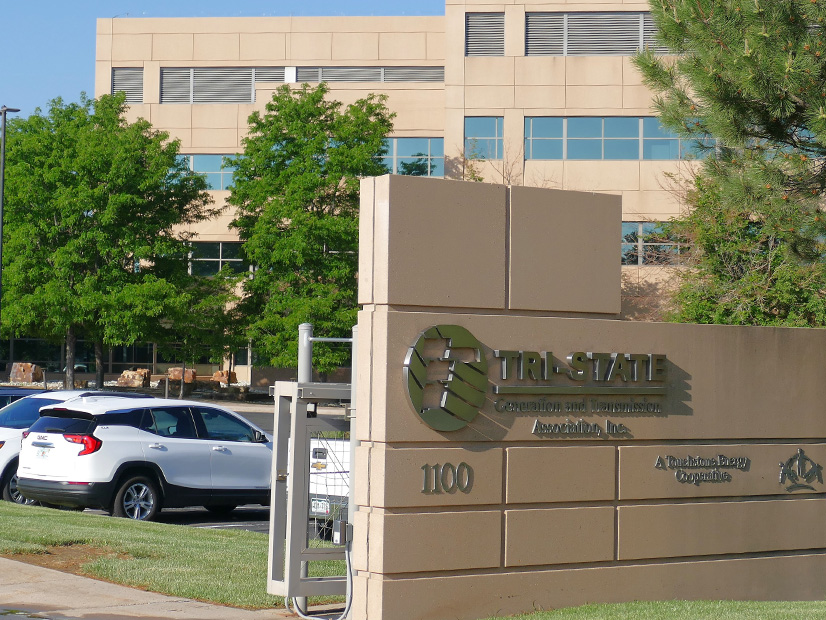FERC on March 15 rejected Tri-State Generation and Transmission Association’s proposed rates, ruling the cooperative failed to unbundle ancillary services, which has been required for jurisdictional utilities since Order 888 was issued in 1996 (ER23-2171-002).
Tri-State’s 42 utility members have contracts through 2050 and are spread among Colorado, New Mexico, Wyoming and Nebraska — in both the Eastern and Western interconnections. The co-op uses 5,849 miles of high-voltage transmission lines, mostly in the Western Interconnection, and 4,400 MW of generation. It has been a FERC-jurisdictional utility only since September 2019, and its initial rate filings have been going through commission proceedings since then.
The co-op proposed unbundling generation and transmission but made no proposal to unbundle ancillary services under the formula rate it filed in June. It claimed it could not unbundle ancillary services because it does business in five different balancing authorities and does not control its own.
Except for Schedules 1 (Scheduling and Dispatch) and 2 (Reactive Supply and Voltage Control), Tri-State purchases ancillary services from the balancing areas it operates in and passes those charges through its rates without regard to geographic areas. The co-op said it would be impossible to accurately determine exactly which services purchased from the BAs are used by its specific members.
“Tri-State asserts that separately stating the prices for just the ancillary services under Schedules 1 and 2 aligns with the spirit of Order No. 888, which Tri-State notes aimed to ensure that utilities provide non-discriminatory service,” FERC said. “Tri-State argues that, for the remaining ancillary services, it does not self-supply all of those services itself and does not sell those ancillary services to third parties.”
But FERC found that in order to comply with Order 888, Tri-State must state prices separately for its wholesale service components. When it was considering unbundling in the leadup to 888, the commission heard similar complaints about the difficulty of figuring out the costs and beneficiaries of specific ancillary services, but none of those reasons proved compelling, it noted.
Unbundling makes a more equitable distribution of costs possible because customers that take similar amounts of transmission service may require different amounts of some ancillary services, FERC said. Bundling would result in some customers having to subsidize others.
“We are unpersuaded that Tri-State cannot meet, and should therefore be relieved from, Order No. 888’s requirements,” the commission said. “Although it may be more difficult for Tri-State to track costs for other ancillary services, further efforts could be made to comply with the requirements of Order No. 888 to separately state prices for certain ancillary services.”
FERC also rejected Tri-State’s proposal for rolled-in rate treatment, which would allow it to recover through the transmission rate all the costs of its non-networked transmission facilities and third-party transmission arrangements used to provide wholesale power service to utility members. But FERC said that the co-op could come back with more support for a rolled-in rate treatment.
“We find that, for the most part, Tri-State’s proposed rolled-in rate treatment appears to be consistent with the cost-causation principle, as the benefits accruing to Tri-State’s utility members appear to be at least roughly commensurate with the costs they bear,” the commission said.
Some protesters argued that Tri-State’s arguments about its integrated planning process are repackaged versions of its “cooperative model” that it used to argue against unbundling all ancillary services. But FERC said that Tri-State has shown its integrated planning provides benefits to all utility members, which supports its proposed cost allocation.


